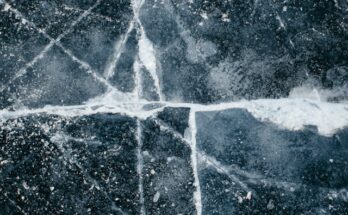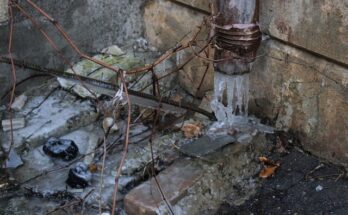A roof is your property’s shield and protector. Through no fault of its own, in fact just by being what it is, your roof has many enemies.
Knowing and understanding your roots enemies can help you make sure that your roof is in the best possible condition all year round. Visual inspections should occur periodically. Roof owners should be especially aware of times when one or more of these enemies have assaulted your roof.
Wind: Wind is, of course, one of your roof’s most ferocious enemies. We have all seen the footage from hurricanes and tornadoes where entire roofs have flown off of houses. But even less significant winds, or winds that cause less visible damage, can be harmful to your roof. Wind attacks the edges of your roof, pressing under eaves and pushing through vents.
Rain: rain is another enemy. Whether by washing granules off a shingle roof, or by creating rivers and sunken spots, or even by directing debris to block downspouts, rain is perhaps your roofs most persistent foe. After heavy rains, visually inspect downspouts for signs of wear and blockage.
Constant moisture / humidity: Constant moisture and humidity can attack your roof from beneath. By weakening the structural integrity of roof joists, underlayments, or other roof components, humidity and moisture can defeat perfectly good shingles. Make sure that expert waterproofing and adequate airflow prevents moisture from seeping and collecting where it doesn’t belong.
Hail: Depending on where you live, hail might be one of your roof’s great enemies. Some mid-western thunderstorms can generate hail the size of quarters or periodically even the size of baseballs or larger. When the hail storm has come through, a visual inspection is necessary for your roof. These storms almost always combine with rain and wind, and thus pose a triple threat to your home’s guardian roof.
Snow: an individual snowfall might not pose much risk to your roof. An inch or two might collect and then overtime melt through the normal sequence of freezing and thawing. In fact, your roof is built to withstand a period of time with moderate snow frozen in place. However, if the snow comes down very heavily, or persists on your roof through a thaw / freeze cycle, it will start to push moisture where it does not belong. Persistent snow through varying temperatures should indicate a need to inspect your roof for weaknesses.
Under most normal conditions your roof does not require regular inspections. However, when there is a weather event that involves one or more of your roof’s enemies, an ounce of inspection can help prevent an expensive repair down the road.



